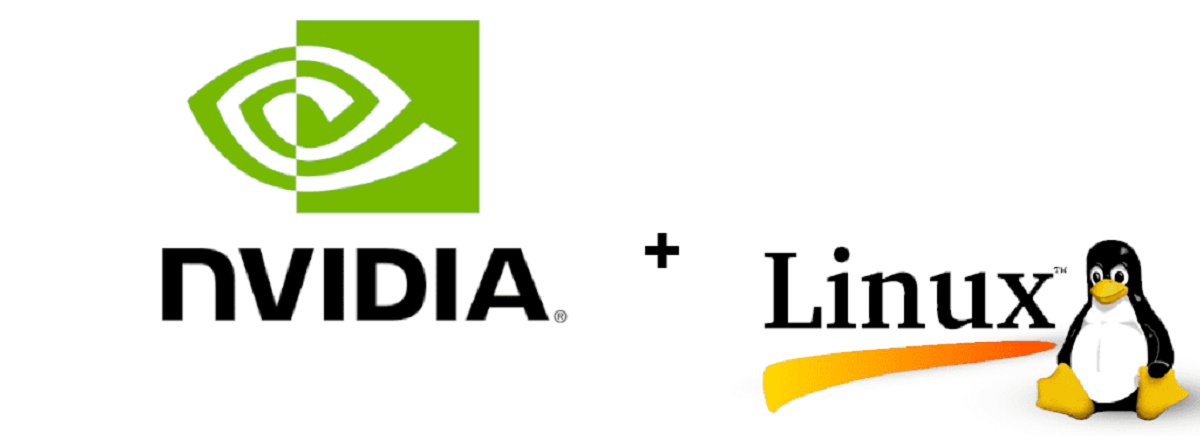
Recently NVIDIA announced the release of a new branch of the NVIDIA driver 515.48.07, which is available for Linux (ARM64, x86_64), FreeBSD (x86_64), and Solaris (x86_64).
NVIDIA release 515.48.07 it was the first stable release since NVIDIA released kernel-level components. The source code for the nvidia.ko, nvidia-drm.ko (Direct Rendering Manager), nvidia-modeset.ko, and nvidia-uvm.ko (Unified Video Memory) kernel modules from NVIDIA 515.48.07, as well as the common components used in them, not tied to the operating system, published on GitHub. Firmware and user space libraries such as CUDA, OpenGL, and Vulkan stacks remain proprietary.
NVIDIA 515.48.07 Top New Features
In this new version sAdded support for RTX A2000 12GB, RTX A4500, T400 4GB, and T1000 8GB GPUs, as well as added support for the Vulkan graphics API extensions VK_EXT_external_memory_dma_buf and VK_EXT_image_drm_format_modifier, for which the nvidia-drm kernel module must be loaded with DRM KMS enabled.
Another novelty that stands out is that the systemd services nvidia-suspend.service, nvidia-resume.service, and nvidia-hibernate.service have been moved to link to services systemd-suspend.service and systemd-hibernate.service in WantedBy mode instead of RequiredBy, which avoids hibernation or standby issues if the driver is removed without disabling the services it provides.
In the X Server configuration interface automatic display has been implemented of an operation confirmation dialog when trying to exit without saving changes.
Removed version mismatch warning in nvidia installer of the compiler that compile the Linux kernel and NVIDIA kernel modules. On modern compilers, this discrepancy rarely causes problems.
The threshold for using video memory (NVreg_DynamicPowerManagementVideoMemoryThreshold) in the Runtime D3 Power Management (RTD3) mechanism has been increased from 3 MB to 200 MB.
Of the other changes that stand out from the new version:
- Improved performance of GLX and Vulkan applications running in Gamescope's composite server environment.
- Added a kernelopen tag to the support-gpus.json file to mark GPUs that are compatible with open-gpu-kernel-modules.
- Provided the ability to use the Vulkan extension VK_EXT_debug_utils to get information about failures when creating virtual framebuffers (SwapChain).
- For NVIDIA NGX, a setting has been proposed to disable DSO (Dynamic Shared Objects) digital signature verification.
- When stereo output is enabled, interlaced modes are disabled.
How to install NVIDIA 515.48.07 drivers on Linux?
Note: before carrying out any process it is important that you check the compatibility of this new driver with the configuration of your equipment (system, kernel, linux-headers, Xorg version).
Since if not, you can end up with a black screen and at no time we are responsible for it since it is your decision to do it or not.
For those of you interested in being able to install the Nvidia drivers on your system, the first thing to do is is to go to the official Nvidia website and in its download section they will be able to find the new version of the drivers ready for download.
Once the download is done, it is important that we remember where the file was downloaded, since we will have to stop the graphical user session to install the driver in the system.
To stop the graphical session of the system, for this we must type one of the following commands depending on the manager that we are using and we must execute the following combination of keys, Ctrl + Alt + F1-F4.
Here we will be asked for our system login credentials, we log in and execute:
LightDM
sudo service lightdm stop
o
sudo /etc/init.d/lightdm stop
GDM
sudo service gdm stop
o
sudo /etc/init.d/gdm stop
MDM
sudo service mdm stop
o
udo /etc/init.d/kdm stop
KDM
sudo service kdm stop
o
sudo /etc/init.d/mdm stop
Now we must position ourselves in the folder where the file was downloaded and We give execution permissions with:
sudo chmod + x nvidia * .run
Y finally we must run the installer with:
sudo sh nvidia-linux * .run
At the end of the installation we must re-enable the session with:
LightDM
sudo service lightdm start
o
sudo /etc/init.d/lightdm start
GDM
sudo service gdm start
o
sudo /etc/init.d/gdm start
MDM
sudo service mdm start
o
sudo /etc/init.d/kdm start
KDM
sudo service kdm start
o
sudo /etc/init.d/mdm start
You can also choose to restart the computer so that the new changes and the driver are loaded and executed at system startup.